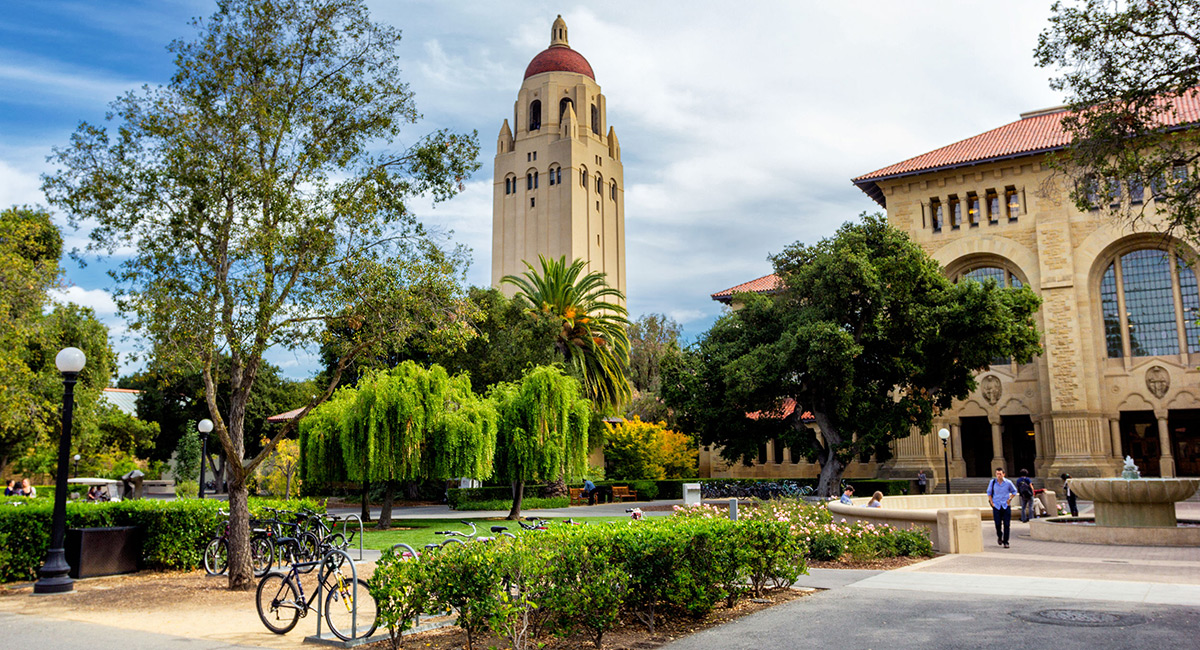Do those states that have disproportionate numbers of the nation’s very best colleges and universities have a better quality of life, as indicated by an influx of migrants from other areas with less eminence in their higher education institutions? Some modest research I completed suggests the answer is a resounding “no,” although admittedly my methodology would not meet the exacting standards of, say, the National Bureau of Economic Research or probably even The Journal of Last Resort. Indeed, my limited but interesting findings suggest the opposite: areas with great universities typically have out-migration of people.
I took the 10 states that in the 12 months from July 2018 through June 2019 had the greatest amount of net in-migration of native born Americans, as well as the 10 states with the greatest amount of net out-migration. I then looked to see how populated these states were with great colleges and universities. The results are startling. The 10 states with the most out-migration had 19 of the top 25 schools on the 2019 ForbesBest College list. The 10 most attractive states (with the most in-migration), by contrast, had only two of the top 25 (Duke and Rice universities). Defining “top” schools less rigorously, the same results hold looking at the top 100 schools, or by expanding the period of net migration from 2010 to 2019.
Community leaders brag their eminent universities attract not only brainpower, but create a stronger economy that means in-migration of not only people but of businesses. The rationale for public support for higher education is at least partially based on the assumption that it has “positive externalities” or spillover effects. When person A is educated at eminent university B, individuals C and D benefit. Yet the evidence hints otherwise: people flee states like Massachusetts, California, New York and Illinois with disproportionate numbers of great schools, and flock to states like Florida, Texas, Arizona and Nevada where there are far fewer universities of towering distinction.
To be sure, showing a statistical association does not necessarily show causation, and, more importantly, there are many other factors important in explaining migration patterns or the difficult-to-measure “quality of life.” To cite just one example, there also was enormous net in-migration into the nine American states without a comprehensive state income tax from the 41 states with such a tax. Still, the data hint that perhaps elite academic environments are more like dingy communities with dirty chemical factories than the commonly portrayed blissful academic villages. I am reminded of something Milton Friedman told me late in life: “...higher education has some positive externality but...it also has negative externalities....A full analysis...might lead you to conclude that higher education should be taxed to offset its negative externalities.” Are colleges attractive nuisances?
Relating the geographic location of distinguished academic institutions can be extended, of course, to other dimensions of human experience. Take income inequality. I examined a commonly used measure of inequality, the Gini coefficient, by state. The 10 states with the lowest amount of income inequality had one school in the top 25 ranked by Forbes (Dartmouth College), while the 10 states with the greatest inequality had 13 schools. Broadening the definition of elite schools to the top 100 (thereby including more public state universities), only three came from the 10 states with the most equality, while 37 came from the high inequality states. More income inequality is associated with having more colleges of great distinction, consistent with the view that elite universities are communities of affluent academic aristocracies. This is probably broadly consistent with the findings of Harvard’s Raj Chetty and colleagues at the Equality of Opportunity Project. It takes money to have great schools, and high inequality means more super rich people with the means to finance them.
My broader message is that assessing higher education by characteristics of the area in which schools are situated might prove fruitful. Other interesting conclusions are no doubt worth pondering: for example, elite universities are primarily located in states with a strong left-of-center political orientation. More rigorous analysis using multivariate statistical techniques is needed. One problem: academics have potential conflicts of interest analyzing their own employers, so maybe researchers at non-university research centers should take up this task.













